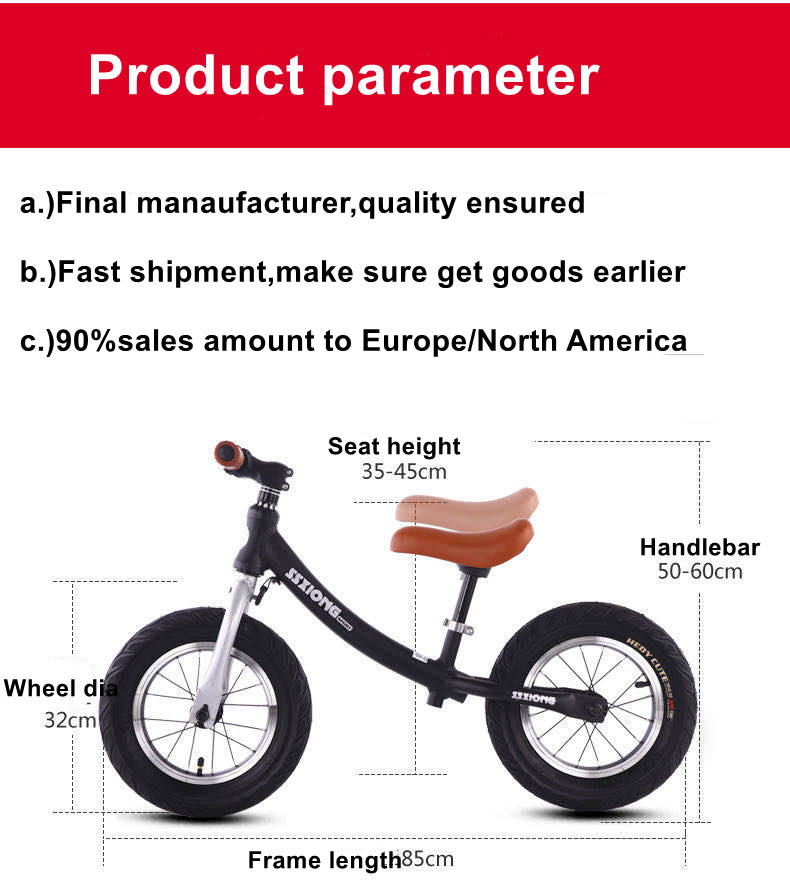mountain bike differences
Understanding the Differences in Mountain Bikes A Comprehensive Guide
Mountain biking is an exhilarating sport that takes riders through rugged terrain, steep inclines, and rough trails. The variety of mountain bikes available today can be overwhelming, but understanding the differences between them can help riders choose the perfect bike for their needs. In this article, we will explore the key differences in mountain bikes, focusing on their types, features, and intended use.
Types of Mountain Bikes
1. Cross-Country (XC) Bikes Designed for speed and efficiency, cross-country bikes are lightweight and built for climbing and long-distance rides. They typically feature a more aggressive geometry and thinner tires, which allow for less rolling resistance on smooth trails. While XC bikes may not have the highest level of suspension, they are ideal for competitive racing and fitness-oriented riders.
2. Trail Bikes As one of the most versatile types of mountain bikes, trail bikes are designed for a mix of climbing and descending. They usually come with a moderate amount of suspension travel (typically between 120mm to 150mm) and a geometry that balances comfort and performance. Trail bikes work well on various terrains, making them suitable for recreational riders and those who enjoy longer rides with mixed conditions.
3. All-Mountain Bikes For those who love challenging descents but still want to climb, all-mountain bikes offer the best of both worlds. These bikes have a more robust frame and increased suspension travel (usually between 150mm to 170mm) to handle technical downhill sections. They are built for riders who seek adventure and enjoy exploring more demanding trails.
4. Enduro Bikes Enduro biking combines elements of downhill and cross-country riding. These bikes are designed for aggressive downhill sections while still being efficient on climbs. With even more suspension travel (up to 180mm), enduro bikes are heavier than XC or trail bikes but provide the durability and stability needed for tougher terrains. Riders looking for a thrilling experience often choose enduro bikes for their ability to handle steep and rugged trails.
5. Downhill Bikes If the primary goal is high-speed descents on extreme terrains, downhill bikes are the choice. They come equipped with extensive suspension travel (often exceeding 200mm) and are built to withstand the rigors of steep trails and jumps. However, they are not ideal for climbing, as they are heavy and designed for downhill performance only.
mountain bike differences

Features to Consider
When selecting a mountain bike, several features can significantly impact performance and ride quality
- Suspension Type Mountain bikes come with either hardtail (front suspension only) or full suspension (front and rear suspension). Hardtails are lighter and more efficient for climbing, while full-suspension bikes provide better traction and control on rougher terrain.
- Frame Material The choice of frame material influences the bike’s weight, strength, and price. Common materials include aluminum, carbon fiber, and steel. Aluminum frames are lightweight and affordable, carbon frames are premium and provide excellent performance, while steel frames offer durability and a more forgiving ride.
- Wheel Size Mountain bikes usually come in 26-inch, 27.5-inch (650b), and 29-inch wheel sizes. Larger wheels roll over obstacles more easily and provide better traction but can be less maneuverable. Smaller wheels are more agile and accelerate faster but may struggle on rough terrain.
- Brakes Mountain bikes are generally equipped with either rim brakes or disc brakes. Disc brakes, especially hydraulic ones, offer superior stopping power and performance in various weather conditions, making them the preferred choice for most modern mountain bikes.
Conclusion
Choosing the right mountain bike involves understanding the various types, features, and your personal riding style. Whether you are a seasoned rider or a beginner, there is a mountain bike tailored to your needs. By considering the differences and selecting wisely, you can enhance your riding experience and truly enjoy the challenges and excitement that mountain biking offers. Happy riding!
-
The Perfect Baby TricycleNewsAug.11,2025
-
Ride into Fun with Bikes for KidsNewsAug.11,2025
-
Ride into Adventure with the Perfect Kids Balance BikeNewsAug.11,2025
-
Fun and Safe Riding with the Best Childrens ScootersNewsAug.11,2025
-
Find the Perfect Childrens Bike for Your Little OneNewsAug.11,2025
-
Explore the Best Baby Tricycles for Your Little OneNewsAug.11,2025
-
Three-Wheel Light-Up Scooter Benefits for KidsNewsJul.11,2025








